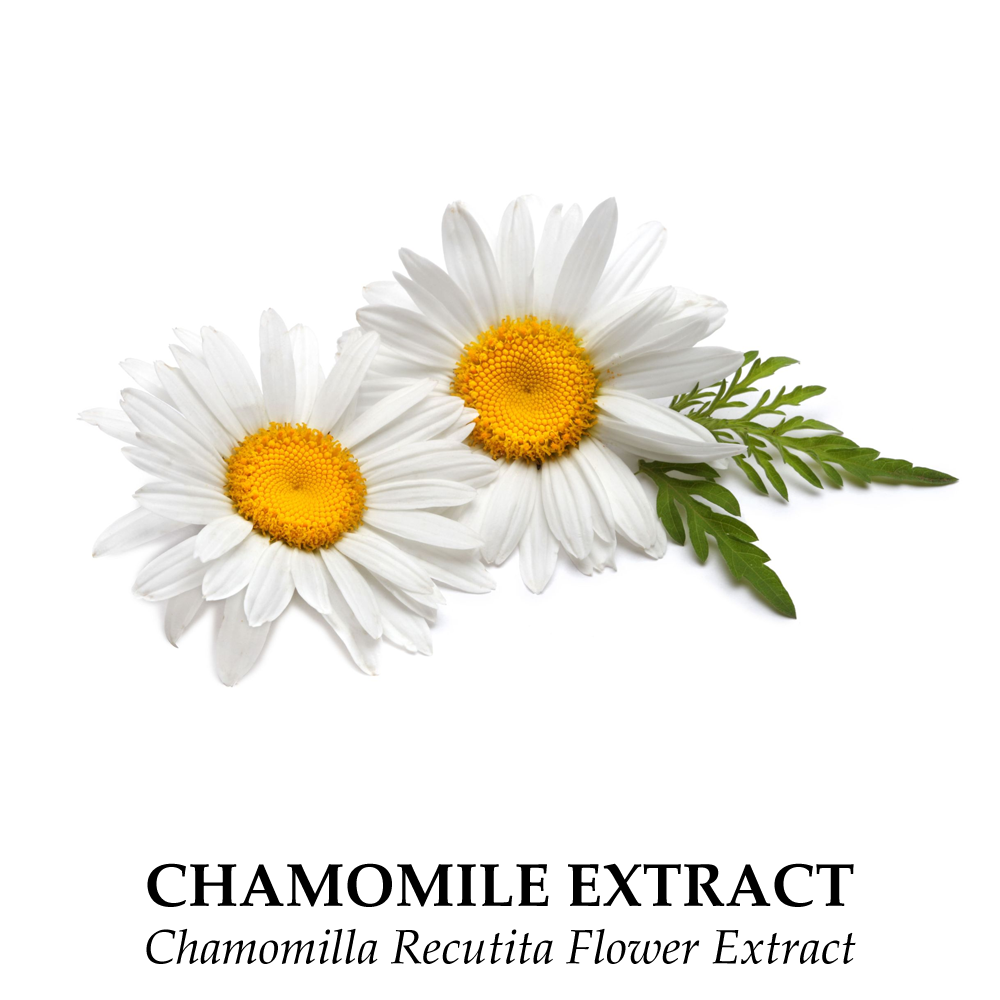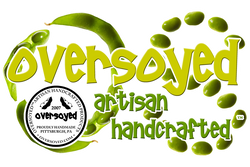Ingredient Chamomilla Recutita Flower Extract

Ingredient derived from plant species Chamomilla recutita, Matricaria recutita, and Matricaria chamomilla. Chamomile tea, brewed from dried flower heads, has been used traditionally for a variety of concerns. The main constituents of the flowers include phenolic compounds, primarily the flavonoids apigenin, quercetin, patuletin, luteolin, and their glucosides, all of which function as antioxidants.
The principal components of the oil extracted from the flowers are the terpenoids a-bisabolol and its oxides and azulenes, including chamazulene. Chamomile has moderate antioxidant activities and studies indicate it is has potent skin-soothing action, among other benefits.
Bisabolol is a colorless, thick oily liquid that is the main component of the essential oil made from the German chamomile plant. In cosmetics and personal care products, Bisabolol is used in the formulation of a wide variety of products including facial makeup, skin care and hair care products.
The Food and Drug Administration (FDA) includes German chamomile (also called Hungarian chamomile or camomile) on its list of spices and other natural seasonings and flavorings considered as Generally Recognized as Safe (GRAS). The flowers of this plant on are on the list of GRAS essential oils, oleoresins and natural extractives. The safety of Bisabolol has been assessed by the Cosmetic Ingredient Review (CIR) Expert Panel. The CIR Expert Panel evaluated scientific data and concluded that Bisabolol was safe as used in cosmetics and personal care products.
CIR Safety Review: Although Bisabolol was well-absorbed following dermal exposure, no effects were observed in a 28-day dermal toxicity study at doses higher than expected from use of this ingredient in cosmetics and personal care products. Bisabolol was negative in bacterial and mammalian genotoxicity tests, and it did not produce reproductive or developmental toxicity. The CIR Expert Panel noted that the results of oral and dermal toxicity, genotoxicity, reproductive/developmental toxicity, sensitization, and photosensitization studies showed little toxicity at levels in cosmetic formulations. Because Bisabolol may increase the skin penetration of other ingredients, the CIR Expert Panel cautioned formulators to be alert to this possibility.
Adverse responses to chamomile have been reported among those who are aggravated by other plants in the daisy family. If you’re allergic to plants in the daisy family, you may need to avoid products that contain chamomile.
